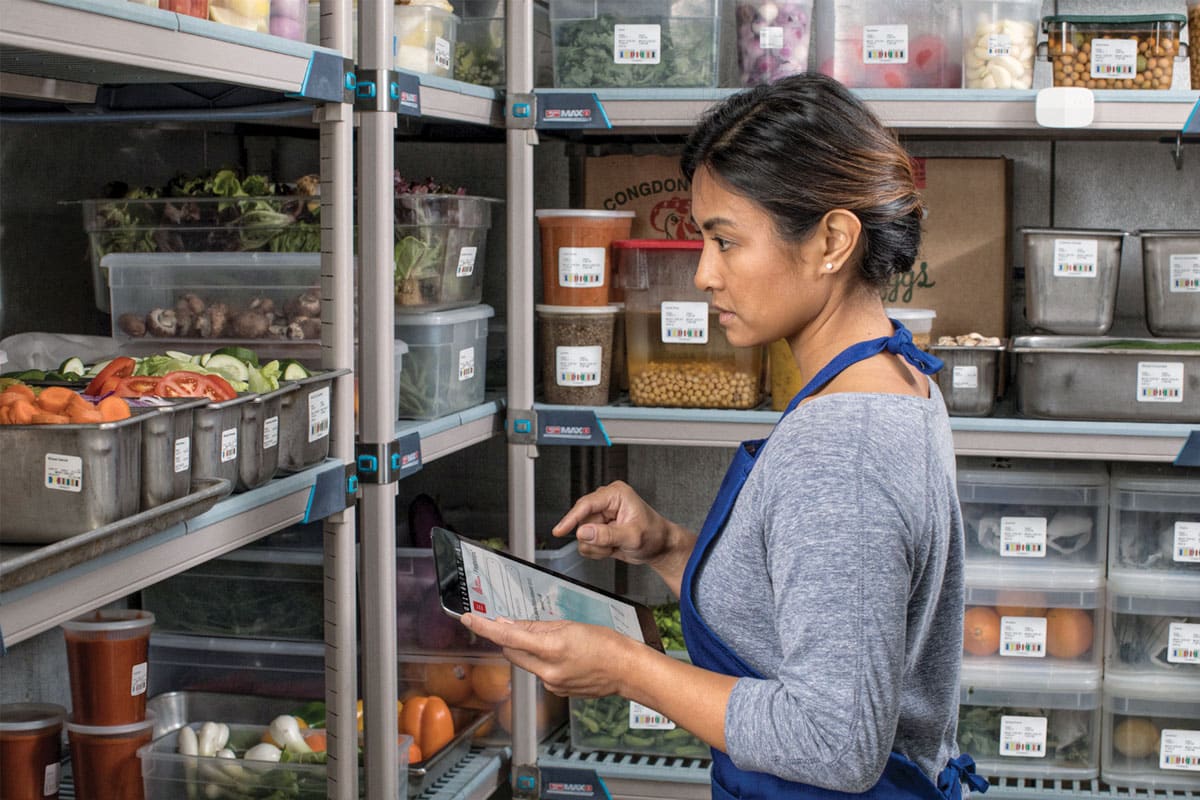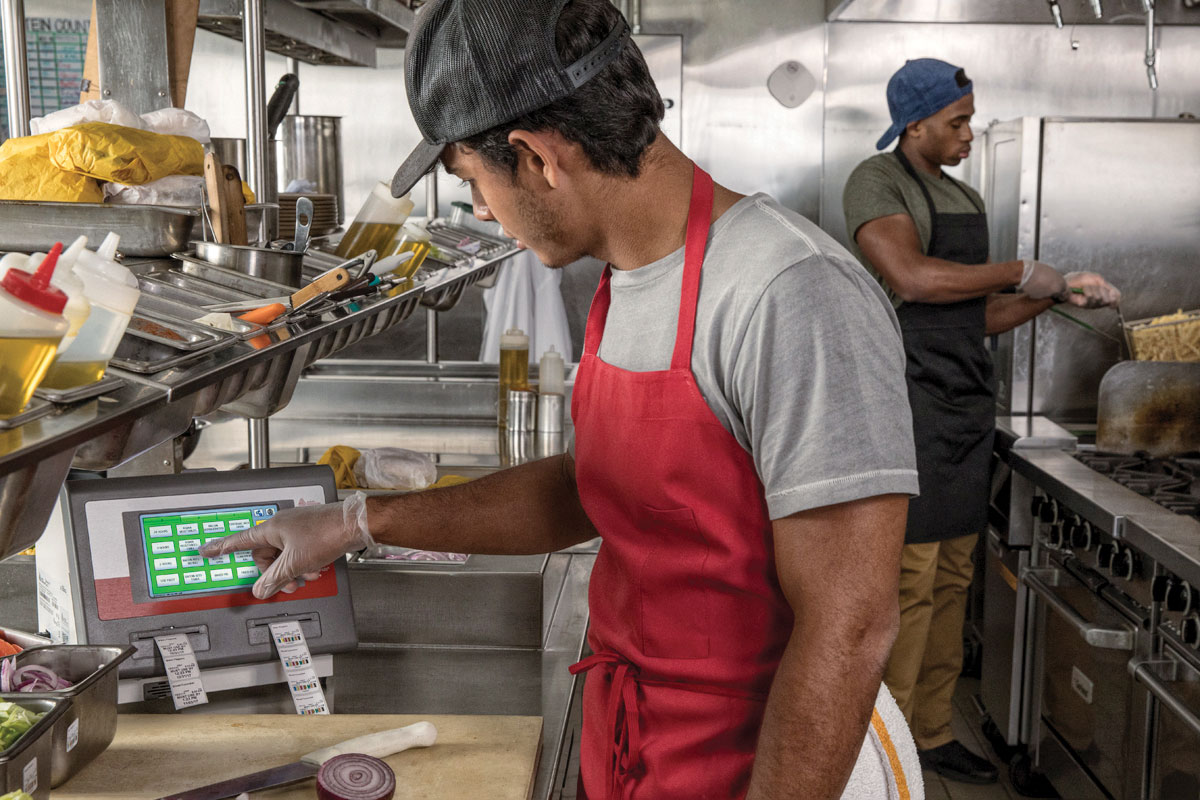Sponsored by Avery Dennison.
Restaurant kitchens are facing increasing budgetary and operational pressure. With rising labor costs, food safety concerns, and scrutiny into ingredients and sourcing, it’s obvious why so many restaurant leaders are looking for ways to streamline back-of-house operations.
One area where many of these rising issues into play is in food labeling. With traditional handwritten systems, kitchen employees prepare food or opens containers and manually calculate freshness dates, which are written on a label. These systems, however, consume payroll and require that employees understand how to calculate dates and label product correctly, creating opportunities for errors.
“A brand’s reputation is at risk if a consumer becomes ill at their restaurant because food was mislabeled,” says Ryan Yost, general manager of Printer Solutions at Avery Dennison. “This doesn’t just impact the location where the mistake occurred, but the entire chain.” Additionally mistakes can eat into the profitability of a restaurant, he says. Miscalculations or illegible handwriting often mean that food is thrown out too soon, which wastes product, straining both the budget and sustainability efforts.
Additionally, high industry-wide turnover and labor shortages make it difficult to keep kitchens staffed. “Employee mix at many restaurants are quite diverse and turnover quickly,” says Bob Glavin, vice president, Innovation for Printer Solutions at Avery Dennison. This can make it challenging to ensure all team members are properly trained.
To combat these risks, many brands are turning to digital systems that automate the labeling process. Streamlined solutions, such as Avery Dennison’s FreshMarx Solutions, take human error out of the equation. Employees select foods on a touchscreen device, and the system prints removable adhesive labels designed specifically for the needs of foodservice. These labels contain accurate dates, ingredient lists, and nutritional information, all of which are compiled from a database managed by the brand.
Not only does this automation reduce the possibility of errors, but it can improve employee job satisfaction, which in turn can help reduce turnover. “The majority of people in the hospitality business prefer to be more customer facing instead of doing mundane tasks,” Yost says. “FreshMarx repositions some of their time to be service-oriented for the consumer and automates some of the tasks they would prefer not to do.”

Installing this type of labeling solutions can help restaurants stay on top of many competing challenges and help managers drive profitability; however, adding more software and devices without thinking about the whole of the restaurant can compound the problem. Instead, Yost says that leaders should think about all of the needs of a restaurant before selecting a supplier. “Don’t implement software for the sake of it,” he says. “You don’t want to have six platforms in your kitchen versus a partner that can offer you one, so first understand the problems of your restaurant today and in the future and pick a food-industry technology provider that truly solves those problems.”
FreshMarx, for example, works as a solutions suite that solves other challenges, such as RFID inventory management and cold-storage temperature monitoring into one solution to help combat those pressing industry concerns and give leaders more insight into each restaurant. “This visibility allows leaders to make proactive decisions,” Glavin says. “The system bringing everything together in one simple solution that provides stability.”













